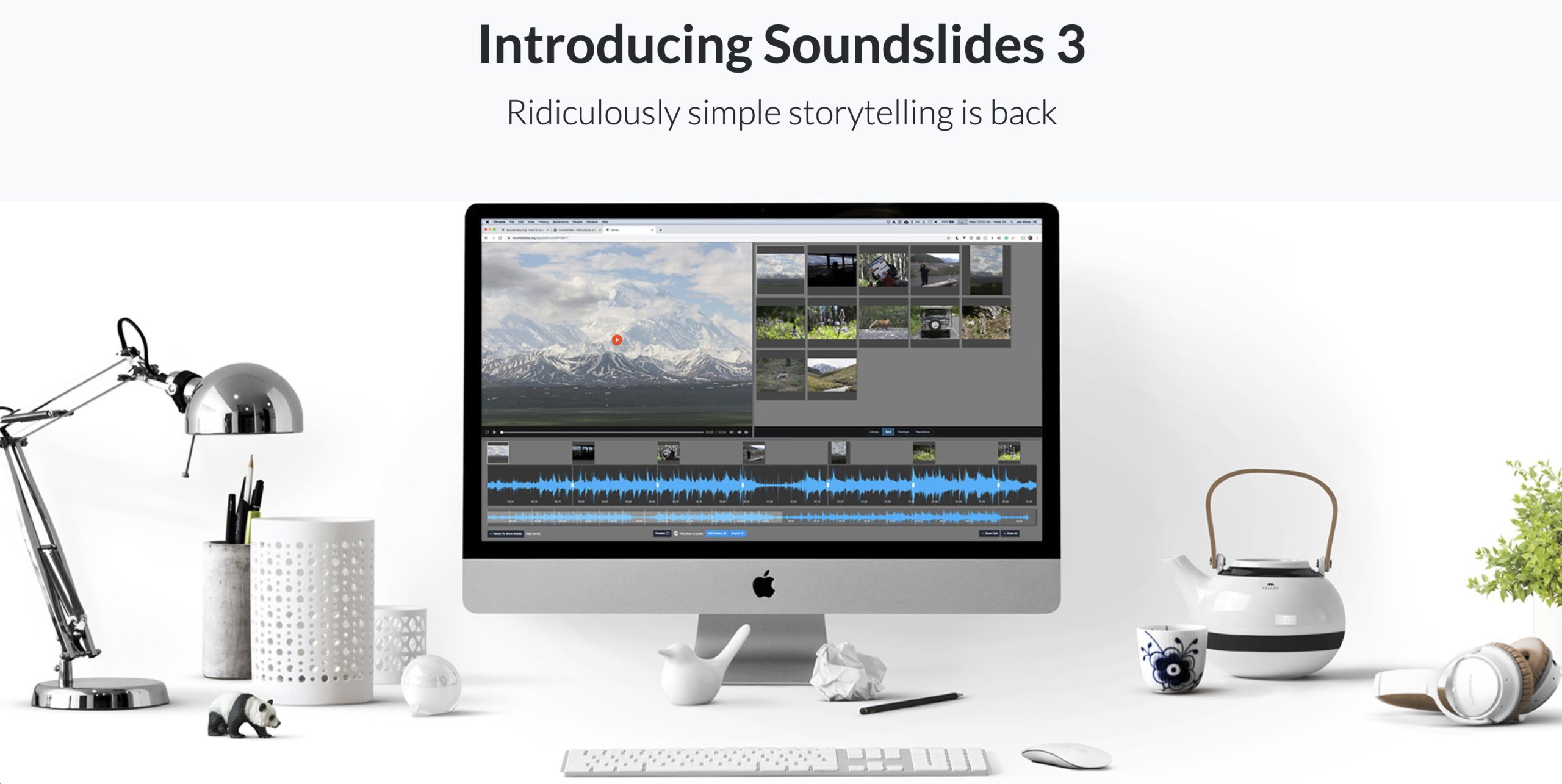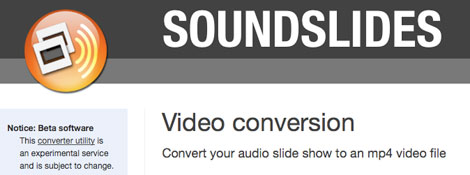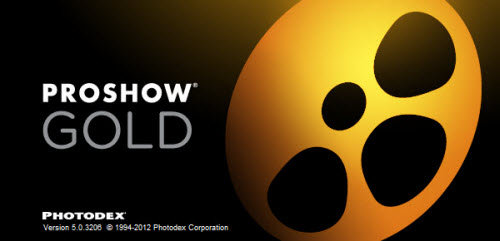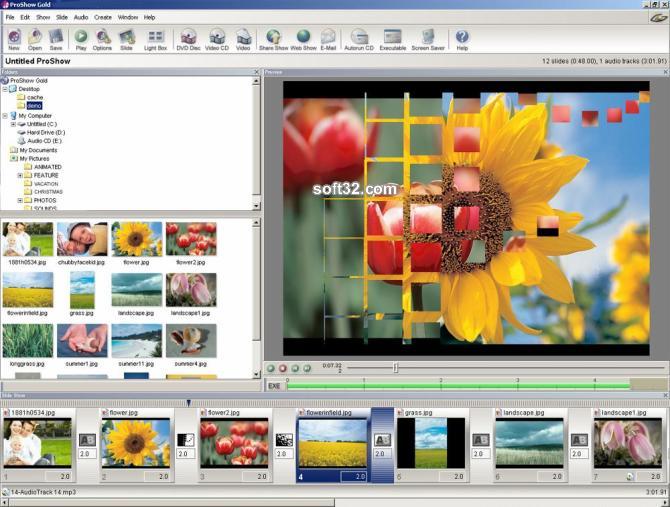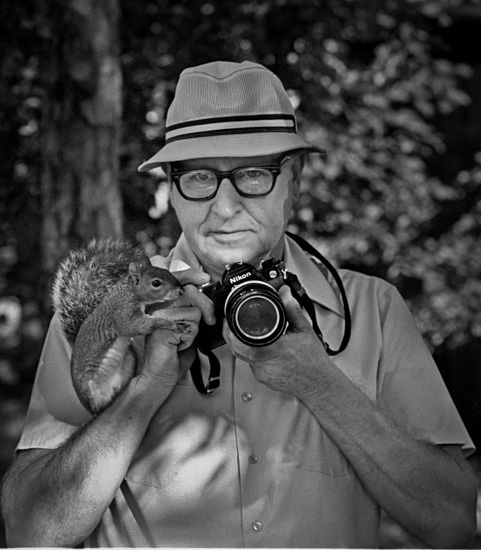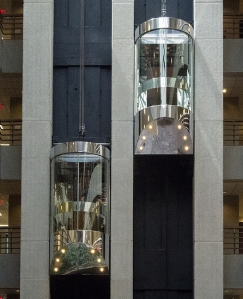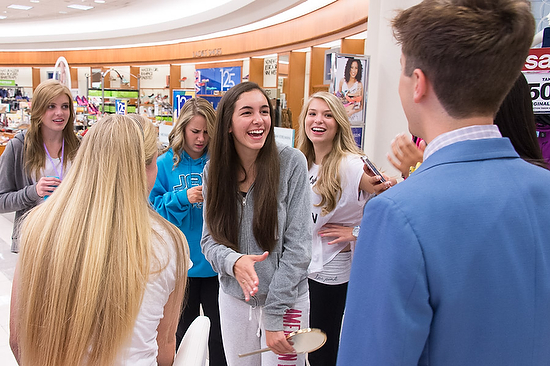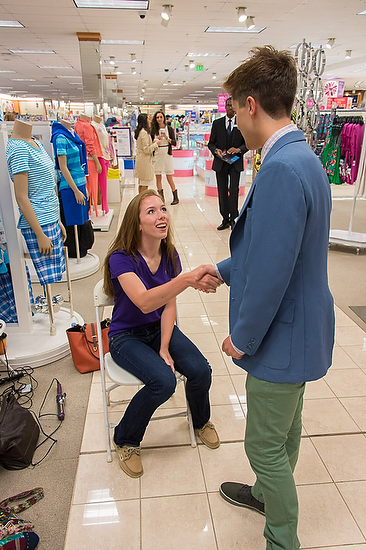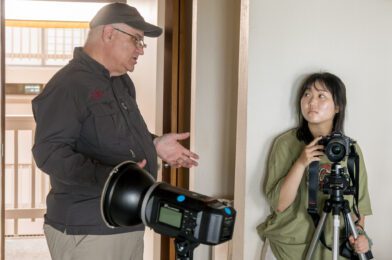The last time I wrote about creating slide shows, Adobe Flash worked everywhere on the web after Apple decided not to support Flash on their iPads, iPhones, or iTouch.
All the slide shows I produced early on will not work on the Apple mobile devices. So the shows needed updating.
I primarily use Final Cut and Pro X when editing videos and mixing still images. However, I have also used Adobe Premier before Final Cut doing the same thing.
While I could use Final Cut Pro X and create slide shows, these solutions are much simpler and faster, in my opinion. In addition, I can produce most of what I want and export them into Final Cut Pro X if I like.
1. Soundslides Solution for both Mac and PC
The latest Soundslides (1.9.5) version has JQuery HTML5 built into it. The beauty of the Soundslides solution is that the project will play back using Flash when available and use the HTML5 version as a fallback. The update ensures the user experience is the best it can be.
The best part of the Soundslides solution is that it is cross-platform.
You may find out as I did that some servers do not like how Soundslides is talking to the device to determine what it is before giving it a flash or html5 version. The way licenses work, they cannot create an html5 version only since it will not work on all browsers.
One more option is to use Soundslides Video converting service. The downside is you have to upload your file and then wait for them to send you a link to download it. Also, your project goes into a Que, and if you are on a deadline, this might not work.
As far as simple to use and if your office has a mix of PCs and Macs, this is a great software that is relatively easy to use. Also, having everyone using a similar software means you can quickly train everyone.
2. For the Mac
My favorite Slide Show software for the Mac that creates movie files is FotoMagico. The cost of the software is $99. One thing they offer that I don’t know any other software offering is One-to-One Coaching. Get up to speed with FotoMagico! Get tips and tricks from our tech support pros. Be more productive, and get your work done faster. Arrange a one-to-one online session with desktop sharing for $99 per session. When you are ready to output the show, FotoMagico has easy choices like YouTube, Apple Devices, and just about any other output, including 4K Cinema Projection.
3. For the PC
For a long time, before I switched to using Mac exclusively, I was using ProShow Gold. However, I found going from ProShow Gold to FotoMagico seamless and believe they work very similarly.
As you can see from the screen grabs, they look very similar. The outputs are identical to FotoMagico. You can create DVDs, Blu-ray, Facebook, Youtube, and more creations.
My suggestion is to output to H.264 format since this is a standard for video compression and is currently one of the most commonly used formats for recording, compressing, and distributing high-definition video.
These solutions make it very easy to combine your still images with audio. You can create a voiceover, use music and even blend it with video. In addition, the learning curve on these software packages is much easier than using Adobe Premier or Final Cut Pro X.
3.5 DigiCraft Plugin Solution
If you are looking for a plugin with Adobe Lightroom to create a slide show gallery, try DigiCrafts software. It was designed primarily for photographers to develop portfolio packages to play on Apple devices. However, I have used it when I need a click-through package.
I used this software to create small galleries of my work for my blog and website. You can click on the categories above.

